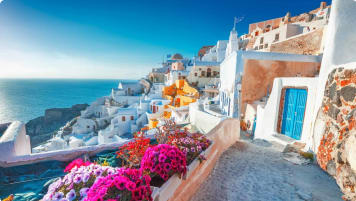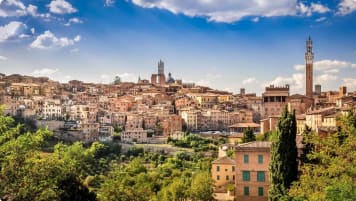Mediterranean World Heritage Sites threatened
Mediterranean World Heritage Sites threatened Mediterranean World Heritage Sites threatened with flooding and permanent inundation as a consequence of global warming. The images of a flooded Venice that spread worldwide in late 2018, highlights another…
3 Dec 18 · 4 mins read
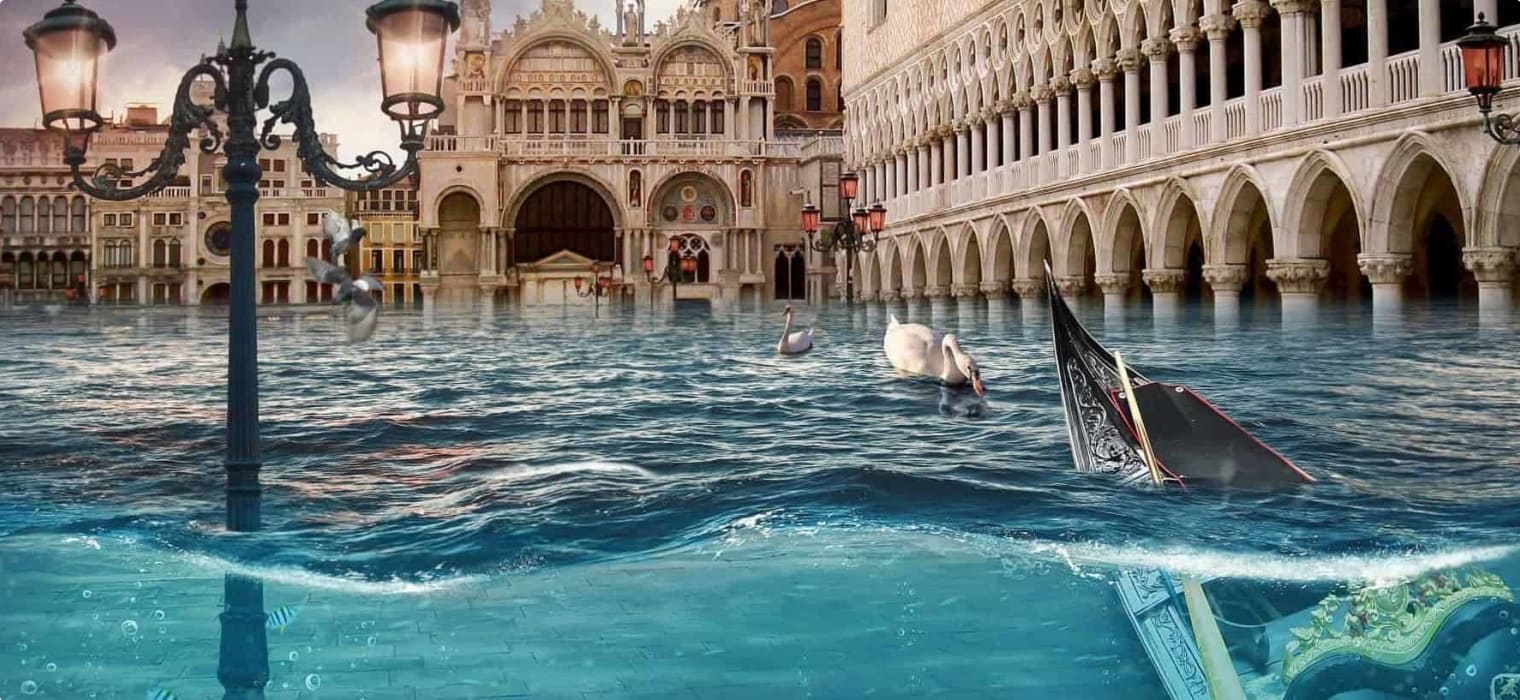
Mediterranean World Heritage Sites threatened
Mediterranean World Heritage Sites threatened with flooding and permanent inundation as a consequence of global warming. The images of a flooded Venice that spread worldwide in late 2018, highlights another important consideration for why climate change must be addressed: to protect the history of humanity around the globe.
The effects of global warming and climate change, particularly as oceans warm and flooding and erosion become even more commonplace, are directly threatening a number of culturally significant places listed on the UNSECO world heritage sites. While a number of studies point to a wide array of reasons why climate change should be taken seriously, a recent study by Lena Reiman and colleagues, indicates that on the current trajectories for global temperatures, some 47 sites surrounding the Mediterranean Sea are at risk of serious damage in the next few decades.
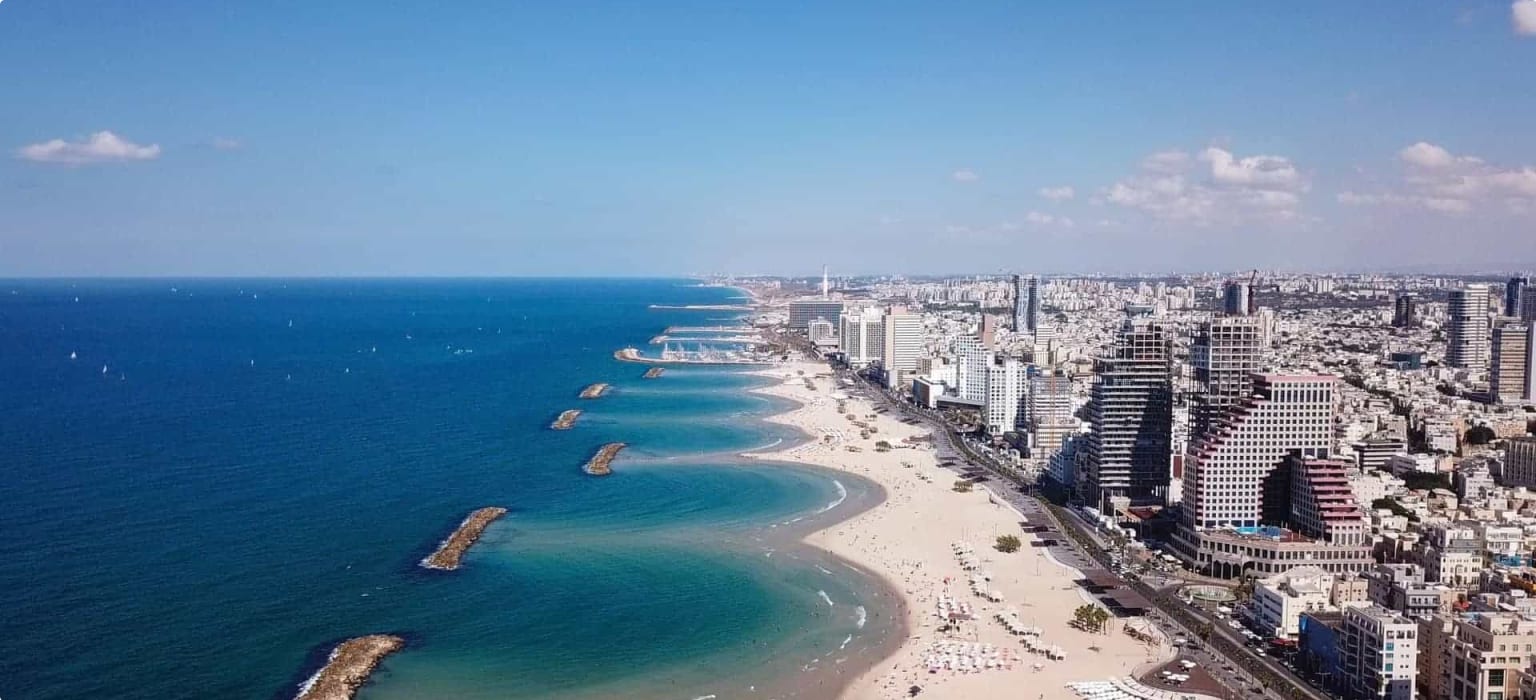
The vast majority of the 1092 UNESCO-listed sites around the world are situated along coastal regions, due to the important ties between humanity and the sea for sustenance and commerce. But several hundreds of these sites will potentially be washed away or cost several million dollars to maintain. Current commitments under the Paris Climate agreement may result in a 3-degree Celsius increase in global temperature, which will likely triple the risk of World Heritage sites affected by sea-level rise, as compared with no global warming (Harvey 2018). Even more so, sites bordering the Mediterranean are seeing a higher instance of flooding and erosion due to their geographic position.
The Mediterranean coast line.
In the Mediterranean, many cities throughout history were built very close to the coast due to the steep topography of surrounding lands and the importance of the sea for peoples’ livelihoods. There are approximately 263 culturally-significant sites listed by UNESCO that line the Mediterranean; among them, approximately 49 are sitting no more than 10m above sea level, and thereby are highly susceptible to flooding even now and increasingly so in the future (Dunne 2018). With sea levels rising at a rate of 3mm per year (BGS), by the year 2100, the risk of floods and erosion in the region are expected to increase by 50% and 13%, respectively (Climate Change Post 2018). As a result, coast lines will gradually be pushed further in land and an estimated 90% of these coastal heritage sites will potentially be washed away by the end of the century if no intervention takes place (Reimann 2018).
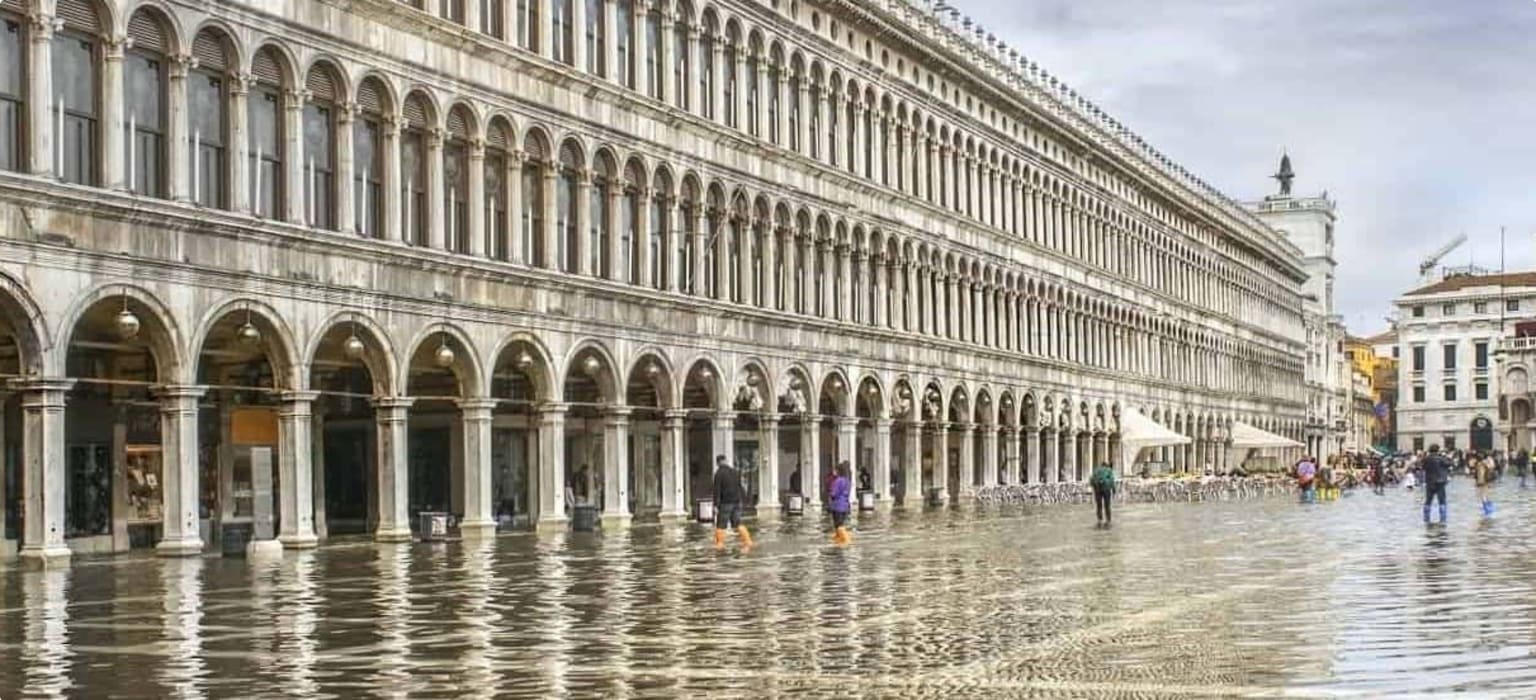
The Study’s Warning
According to the study led by Lena Reimann, Venice and its Lagoon, Ferrara and the Po Delta, and the Patriarchal Basilica of Aquileia are the sites most at risk flooding in the region (2018). Looking at Figure 1 of the study, the inlet of the Northern Adriatic Sea where these three prominent sites lie is marked in red, as the highest danger to flood-causing storms.

Storm surges have and continue to be a concern for these three sites, and Venice in particular, which was founded on marshland and whose buildings are sinking at the same time as waters are rising (UNESCO 2016). Similarly, the mosaic-covered Basilica of Aquileia was built on marshland less than 10km from the Marano Lagoon and the Renaissance city of Ferrara was built along the Po Delta river, which may serve as a vessel for flooding to cities that reside on its banks.
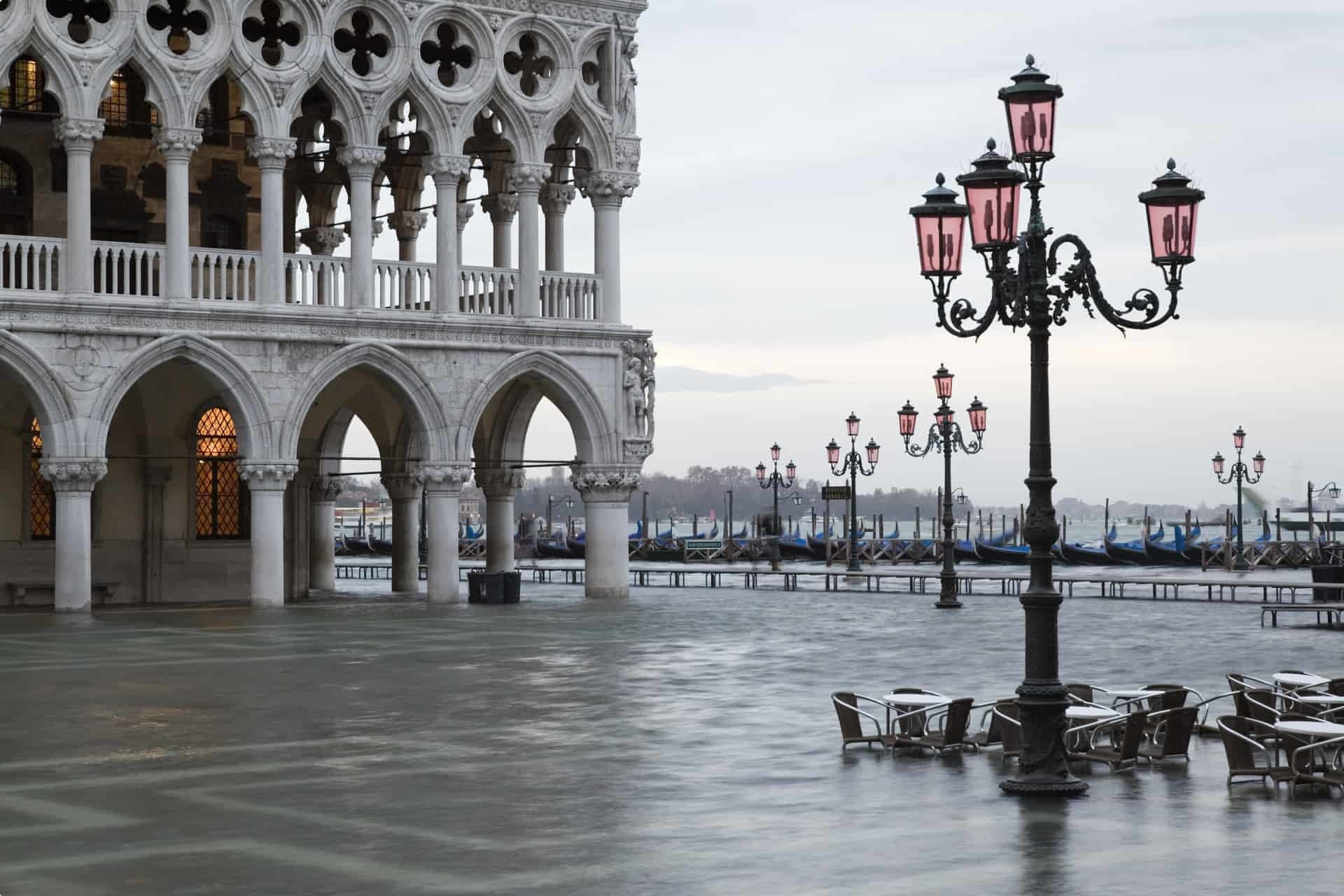
Other highly important sites identified as threatened in the study (Reimann et al. 2018) were: Pompei, Italy; Leaning tower of Pisa, Italy; the White City of Tel-Aviv, Israel; Gorham’s Cave Complex, Gibraltar; Istanbul, Turkey; Carthage Archaeological Site, Tunisia; and the Medieval City of Rhodes, Greece (Gabbatiss 2018). These all exemplify very different time periods dating back to Neanderthals 100,000 thousand years ago and demonstrating architectural excellence throughout the medieval, renaissance, and gothic periods. They also embody the cultural, religious and political movements that have flowed through the area for millennia.


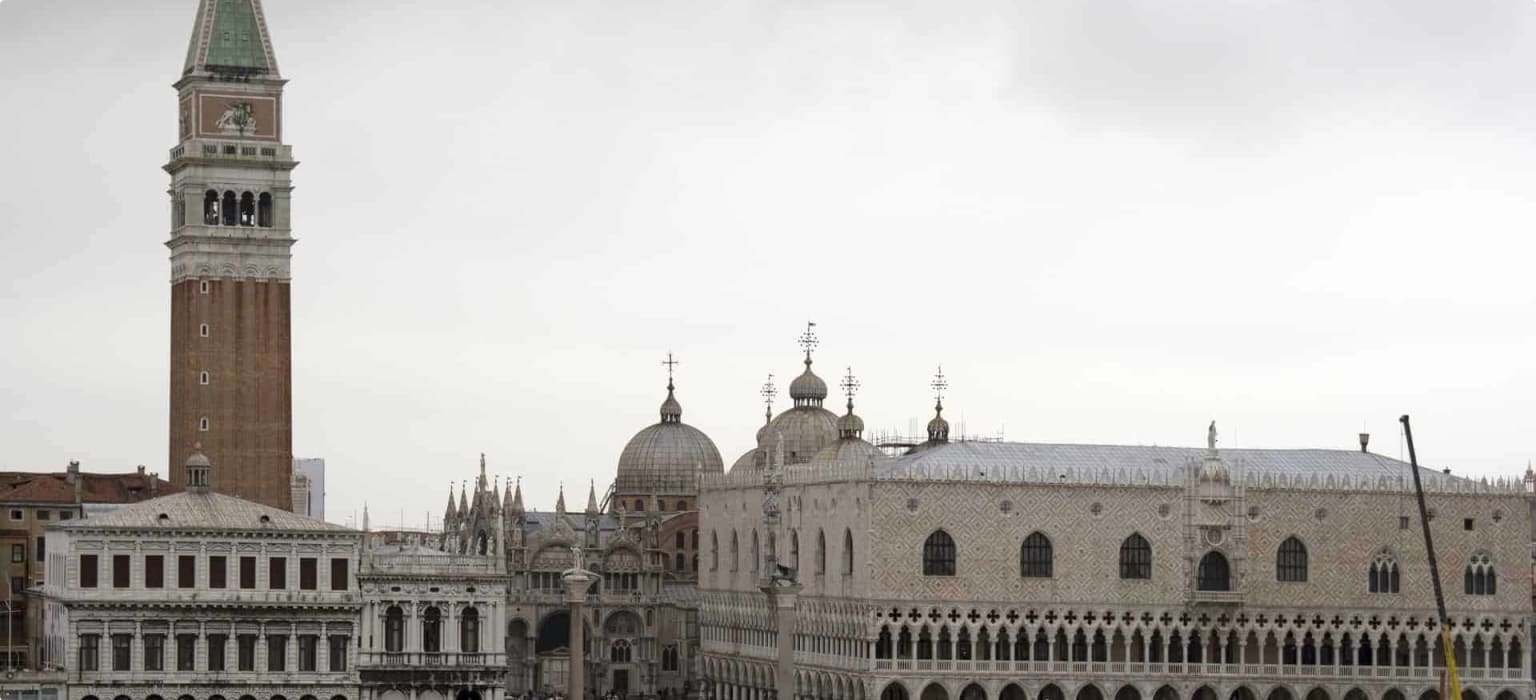
The Reimann et al.’s study draws attention to the importance of taking immediate action to both see these sites and to preserve them. Since Venice is such an extremely popular tourist destination and important site for renaissance and gothic art and architecture, there is little pushback from proposals to create high budgets to implement counter-flooding and -erosion measures. The so-called MOSE project (Modulo Sperimental Elettromeccanico), which has been in construction since the late 1980s, has set about constructing flood gates and has already cost the government approximately 6 billion Euros. But, will these efforts be enough to maintain the culturally-significant site indefinitely? Moreover, will the government have enough resources to preserve all 14 other Italian sites that are in danger. Will other governments such as Croatia, Greece, and Tunisia, who also have multiple sites at risk along the Mediterranean, be able to do the same?
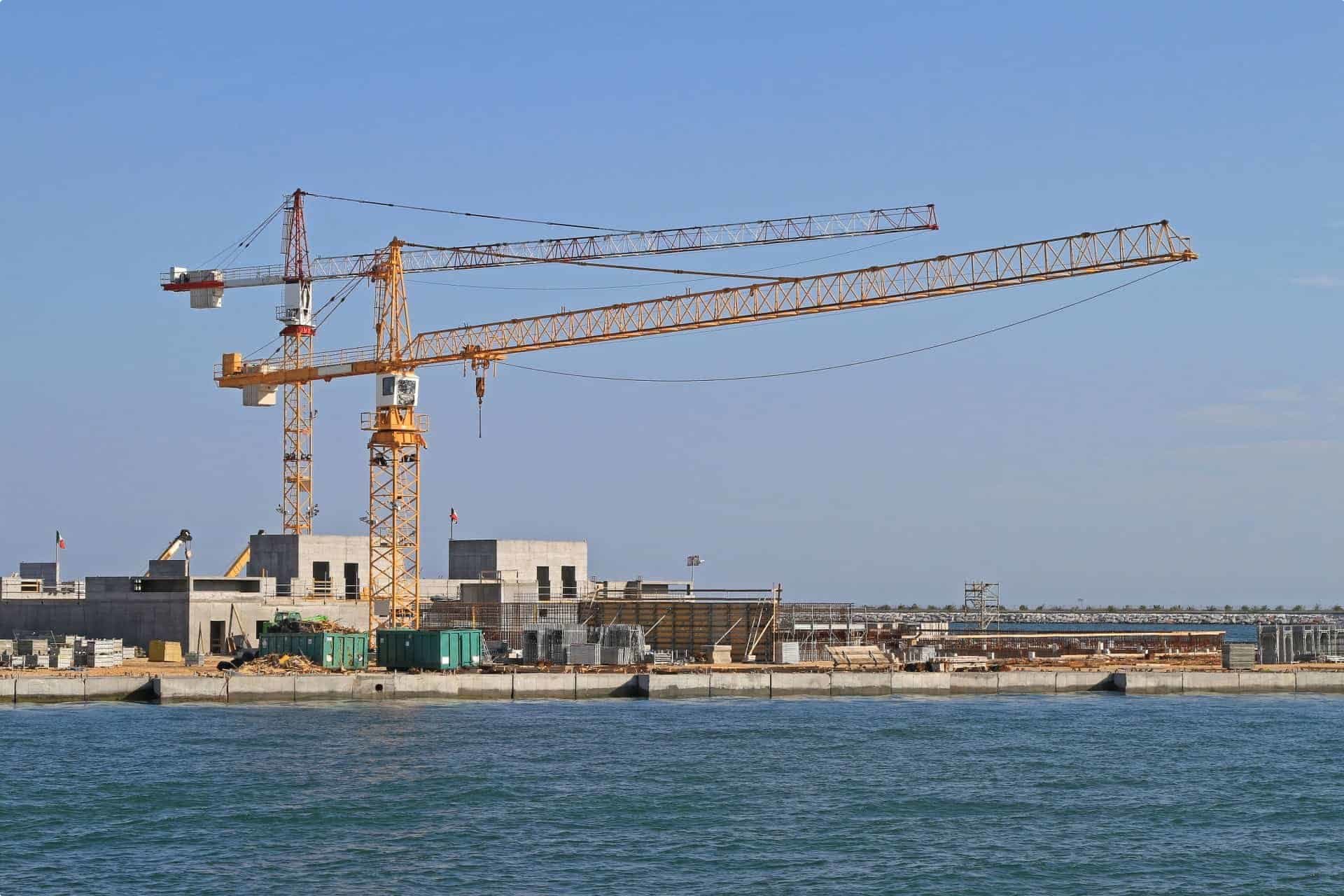
The exact moment that these sites will be damaged by severe weather is uncertain, which is why we must act fast to see these beautiful and important sites and commit to countering climate change so that they may never be lost.
References:
Dunne, D. 2018. “Mapped: The Mediterranean World Heritage Sites at Risk from Sea Level Rise,” Carbon Brief, 16 October, https://www.carbonbrief.org/mapped-the-mediterranean-world-heritage-sites-at-risk-from-sea-level-rise
Harvey, C. 2018. “Rising Seas Threaten Iconic Mediterranean Sites,” Scientific American, 17 October, https://www.scientificamerican.com/article/rising-seas-threaten-iconic-mediterranean-sites/
“Most World Heritage Sites at Low-lying Mediterranean Coasts at Risk From Coastal Flooding or Erosion,” 23 October 2018. Climate Change Post. https://www.climatechangepost.com/news/2018/10/23/most-world-heritage-sites-low-lying-coastal-medite/
Reimann, L. et al. 2018. “Mediterranean UNESCO World Heritage at Risk from Coastal Flooding and Erosion due to Sea-Level Rise,” Nature Communications, vol. 9, p. 1-11. https://www.nature.com/articles/s41467-018-06645-9.pdf
“World Heritage and Tourism in a Changing Climate,” UNESCO. 25 May 2016. https://whc.unesco.org/en/tourism-climate-change/
Related Tours
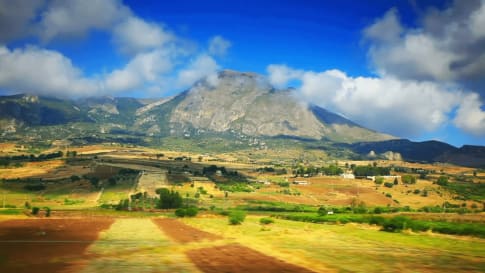
25 days
Apr, Sep, OctMediterranean Islands Small Group Tour | Malta, Sicily, Sardinia and Corsica
Visiting Corsica, Italy
For centuries Malta, Sicily, Sardinia and Corsica held the key to the Mediterranean. We explore ’s the Mediterranean natural beauty, its ancient Roman, and Imperial heritage, its World Heritage Sites, and world famous cities, all with some truly spectacular scenery along the way. This and more is all waiting to be explored on one of Odyssey’s small group tours of the Islands of Mediterranean, designed for the senior traveller, and led by experienced, and enthusiastic like-minded people. This escorted tour of western Mediterranean explores the geography, history, culture and peoples of these 4 islands.
From A$20,750 AUD
View Tour
12 days
Apr, Oct, SepMalta & Sicily - Mediterranean Islands small group tour
Visiting Italy, Malta
For centuries Malta and Sicily held the key to the Mediterranean. We explore ’s the Mediterranean natural beauty, its ancient Roman, and Imperial heritage, its World Heritage Sites, and world famous cities, all with some truly spectacular scenery along the way. This and more is all waiting to be explored on one of Odyssey’s small group tours of the Islands of Mediterranean, designed for the senior traveller, and led by experienced, and enthusiastic like-minded people. This escorted tour of western Mediterranean explores the geography, history, culture and peoples of these 2 islands.
From A$10,650 AUD
View Tour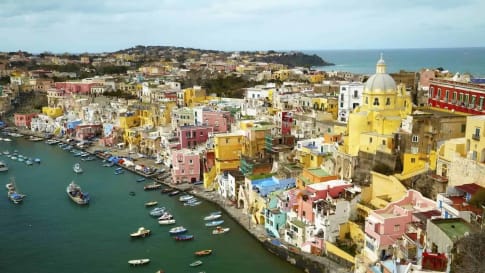
22 days
Jan, Apr, SepAncient History of Southern Italy & Sicily group tours
Visiting Italy
Our program for senior travellers, as well as featuring the rugged countryside of Southern Italy, also encompasses learning about the many civilisations that have shaped this land. We learn about the influence of the early Phoenicians, Greeks, Romans, Byzantines, Saracens, and Aragonese.
From A$17,485 AUD
View Tour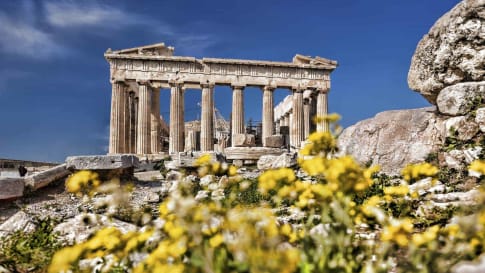
22 days
Apr, Sep, MayGreece small group escorted history tour
Visiting Greece
Our 22 day small group tour explores the land of great philosophers, myths, and legends. We will learn about the culture and heritage of modern Greece whilst exploring and learning Athens, which only found independence in its uprising from the Ottoman Empire in the 19th century.
From A$14,145 AUD
View Tour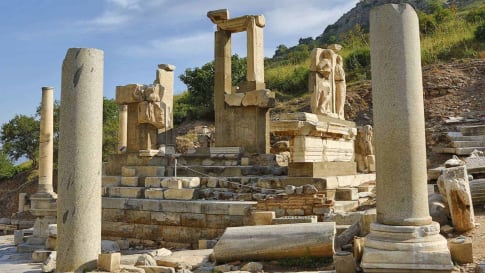
21 days
Apr, AugSmall group tour of Ancient Turkey
Visiting Turkey
As a travel company we seek to keep guests off the beaten path. Trips that are remembered for authentic experiences. Our small group journeys in Turkey are fully escorted by an experienced local guide and an Odyssey guide to give this type of experience whether at one of the many UNESCO World heritage sites explored or local bazaars. It is always about the adventure and memories that we will create.
From A$17,295 AUD
View Tour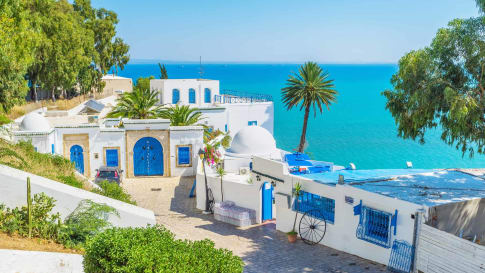
14 days
Apr, Sep, MarTour of Tunisia
Visiting Tunisia
Join Odyssey Traveller on this small group tour of Tunisia in North Africa for couples and solo travellers, where Carthaginian ruins sit side by side with Roman monuments, grand Islamic mosques, Arabic souks and medina, and honeycomb-like Berber cave dwellings and hilltop villages.
From A$11,650 AUD
View Tour
